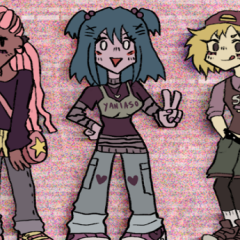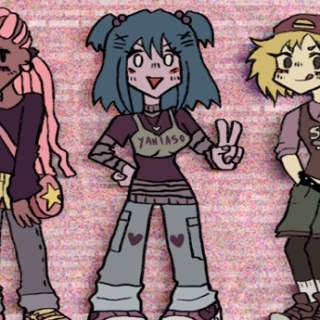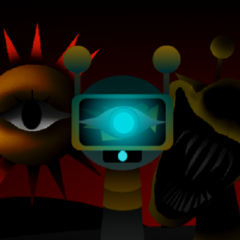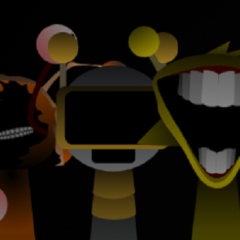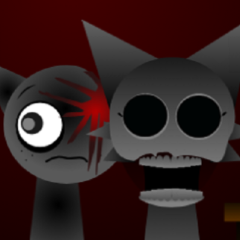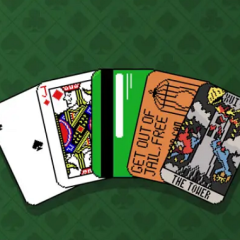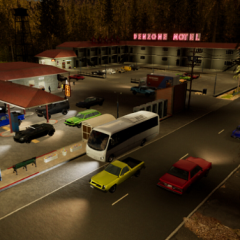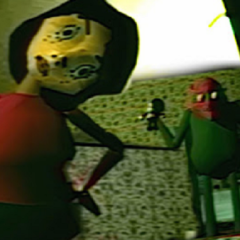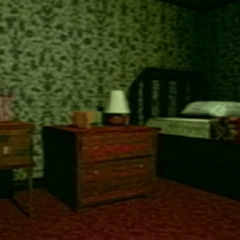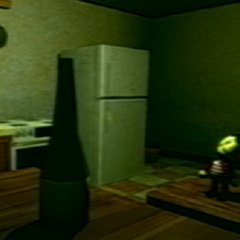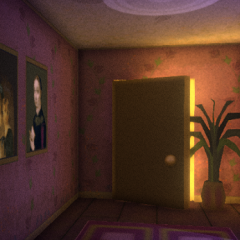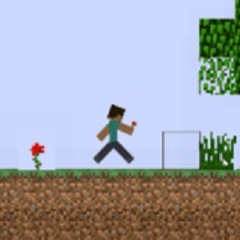Laceys Flash Games is a story-focused indie title that presents itself as a playful collection of old web-style minigames but gradually reveals a darker purpose. The game places the player in a digital space where nothing is quite as it seems. At first glance, it resembles a bright, harmless Flash archive from the early 2000s, filled with colorful characters and interactive icons. However, beneath the surface lies a narrative that explores themes of memory, digital identity, and the hidden intentions behind online entertainment.
Layers of Interaction and Progression
Players interact with different themed sections, such as a dressing room, a cafe, or a bedroom, each resembling a standalone minigame. Choices made within these spaces subtly affect the larger narrative, which slowly emerges through repeated visits and deeper exploration. Despite the simplicity of the mechanics—mostly point-and-click—the game uses these limited interactions to guide players into emotionally charged or disturbing scenarios that contrast sharply with the cheerful setting.
Core Concepts and Game Features
What sets Laceys Flash Games apart is how it combines visual simplicity with layered storytelling. As players uncover more clues, the tone of the game shifts, and a fragmented story begins to form. Key aspects of the game include:
· A user interface styled after early internet game portals
· A branching narrative that adapts to the player’s decisions
· Audio and visual glitches used to signal shifts in tone
· Replayable chapters with hidden variations
· Hints at events and characters that extend beyond the game
Each of these features is used to blur the line between what the player expects and what the game actually delivers, leading to unexpected emotional responses.
Atmosphere and Psychological Themes
Laceys Flash Games uses nostalgia as a narrative device, drawing players in with familiar aesthetics only to subvert those expectations. The experience is carefully designed to create unease—not through jumpscares or horror tropes, but through the slow realization that something is fundamentally off. Characters begin to repeat lines with subtle changes, environments loop with small differences, and previously cheerful music grows distorted.
Laceys Flash Games is less about solving puzzles and more about noticing patterns, interpreting silence, and recognizing what isn’t being said. The game’s unsettling tone emerges not from fear, but from reflection—on what we overlook when we chase fun, and on the stories buried in the digital places we leave behind. It offers a quiet, eerie journey through the past that challenges the way players view both games and memory itself.

